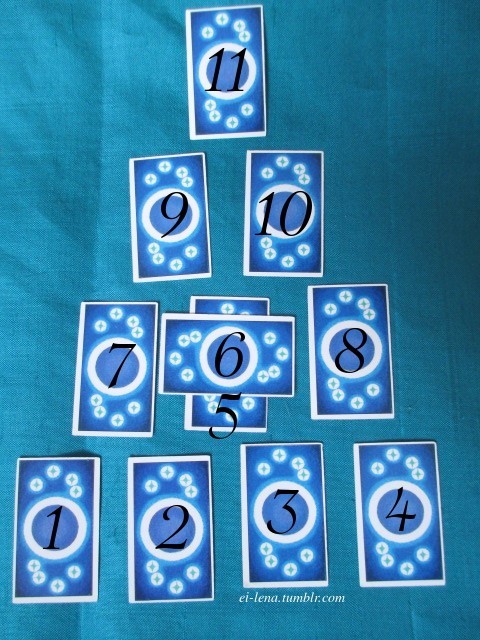We all love our correspondence lists! But what do you do when you want to work with ingredients not on the usual lists? Or when you want to fine-tune your understanding beyond the basics given in a book? You can always use your intuition of course, but that can mislead if you aren’t good at discerning intuitive impressions from random leaps of thought, and can leave gaps, and sometimes it's just too easy to doubt yourself. There are other methods as well; one such is pendulum dowsing which I want to talk about today. This is a bit different from standard pendulum technique, but shouldn’t be too hard to pick up once you’ve got the hang of that.
You will need: a pendulum, a bit of the substance you want to learn about the possible uses of, and a list of purposes you want to see if it would be useful for.
Hold your pendulum over the substance (if using a pendulum with a chamber, put your substance inside it) and go down your list of possible correspondences, asking if each in turn is a good use for that substance.
Take notes of how the pendulum responds for each. A ‘yes’ answer means that the substance is magically useful for that intention, and the strength of the answer indicates if it’s
particularly good or only functional and perhaps not ideal if you can get something better. The pendulum won’t respond if there’s no association and will simply hang still. A ‘no’ response indicates that the substance is
actively contrary to that intention and should
not be used in
any spells for that purpose even if its other associations may be desirable, though it may be useful for spells for an opposite intention, in baneful spells to strip a good thing from a target, or to counter that association in another ingredient in a spell for another purpose – for instance, if one wished to do a friendship spell using yellow roses, but wanted to be sure it would not manifest any romantic feelings, one might include an ingredient that’s contrary to romance but not to friendship, so that only the friendship aspect of the yellow roses will be effective. A 'maybe' response indicates that there might be issues in specific cases under the umbrella of the broad correspondence asked about -- for instance if I asked "would this be good for love spells" and got a maybe, it might tell me that it would depend on the specific
kind of love spell I want to do, and that I should ask more specific questions such as "would this be good for self-love" "would this be good for romantic love" "would this create strong compulsions in a love spell that might be undesirable" etc. to clarify where it would and wouldn't be an appropriate spell component.

